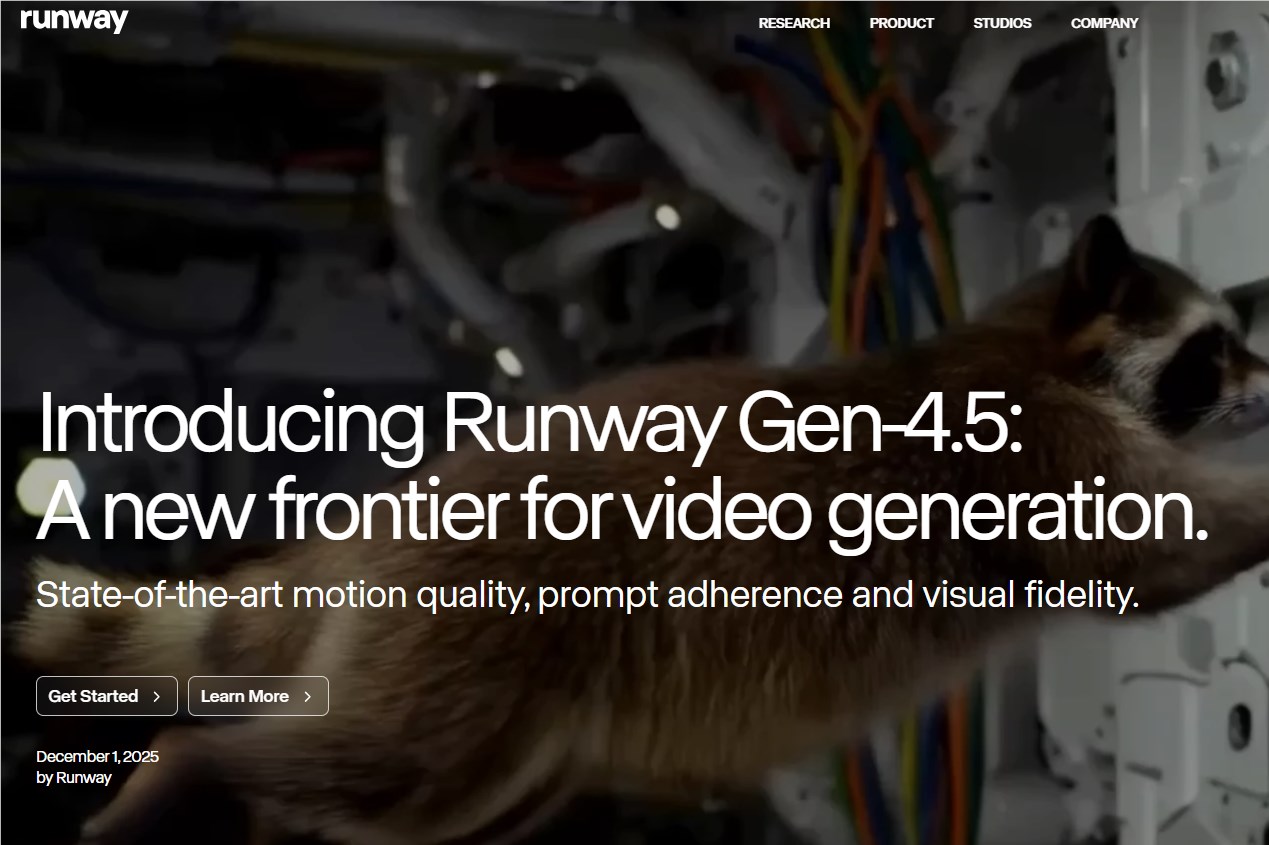In the field of artificial intelligence, the speed of technological iteration is always astonishing. Kuaishou's AI video generation tool, Kling, has leaped from being a follower to becoming a leader in the global AI video generation field in just six months. The latest release, version 1.6, showcases remarkable technological advancements.
Although the version number has only increased by 0.1, the technological breakthroughs brought by Kling 1.6 far exceed expectations. The new version maintains an affordable price of 35 inspirations per 5-second video while achieving a qualitative leap in three core dimensions: realism of physical laws, character performance ability, and semantic understanding level.

Significant Improvement in Realism of Physical Laws
The precise interpretation of the physical world is the highlight of this update. In the tomato slicing test, Kling 1.6 demonstrated almost professional chef-level precision, impressively handling the interaction between the knife and ingredients as well as the force of slicing. The physical effects in everyday scenes such as pouring tea, a cat stepping on a sofa, and a dog running are also more realistic. Even the fluttering of Batman's cape while speeding exudes a cinematic quality, combining both realism and artistry.
The advancements in character expressions and movements are equally stunning. From subtle furrowed brows to graceful ballet poses, and even the challenging underwater dance of traditional Chinese culture, Kling 1.6 can accurately capture the subtle emotional changes and complex body movements of characters. In the recreation of the underwater dance segment from Henan TV's "The Goddess of Luo," the amplitude of the dancer's movements and the physical effects of the costume ribbons reached an astonishing level.
In terms of semantic understanding, Kling 1.6 exhibits a stronger ability to comprehend scenes. Whether it's a continuous action like "taking off glasses to embrace a fawn" or a complex scene like "stepping back and raising a gun," it can accurately understand and generate expected video content, demonstrating its excellent parsing capability for complex commands.
Of course, as a 0.1 version update, Kling 1.6 still has room for improvement. For instance, when generating content beyond the original image, the consistency of the artistic style needs to be enhanced; the handling of hand details in multi-character scenes still requires refinement. However, these minor flaws do not overshadow its strengths; this update has fully showcased the Kling team's solid technical foundation and rapid iteration capabilities.
Since its official launch in June, Kling has transformed from "China's Sora" to "the world's Kling" in just six months. In the global AI video generation arena, this product from Kuaishou is writing a new chapter for Chinese technology. We have every reason to believe that the upcoming version 2.0 will bring us even more surprises.









